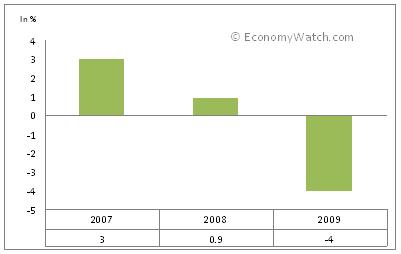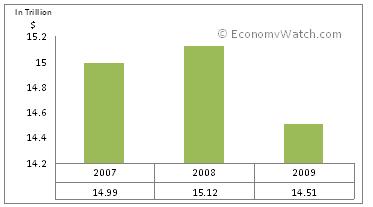Europe Economic Structure
Please note that we are not authorised to provide any investment advice. The content on this page is for information purposes only.
Europe’s economic structure has been strengthened by the creation of the European Union. The presence of a common currency has not only fostered relationships and free movement, but also trade. This has generated a massive wave of productivity and accumulative economic reforms, which have been able to lift ‘the not so developed’ eastern European economies to international standards.[br]
However, as a geographical body, Europe’s economic structure represents the world’s economy at large. The western hemisphere remains developed, while the eastern economies still strive for growth and stability.
Europe Economic Structure
Although the European Commission had forecasted a 4% contraction in the economy, in September 2009 it was reported that the economy was recovering faster than it had been projected. However, major challenges, such as rising unemployment, strong euro, tight bank lending rates and worsening fiscal positions, still remained.
The following graph shows how the European economy performed in 2007-2009 (in trillion)
With $14.51 trillion GDP (PPP), the economy ranked first in the entire world.
With a common currency and almost free trade amongst the states, the European economic structure was growing at an impressive rate until the recession, when the economy was constricted. The following graph shows how the economy grew during 2007-2009: (in percentage):

The recession of 2009 affected growth, and the European economic structure constricted by 4%.
However, the services sector remained strong and contributed to the European economy with its usual aplomb. This is how the various sectors contributed to the economy:
-
Agriculture- 2.1%
-
Industry- 25.9%
-
Services- 71.9%
The European economy is also characterized by its huge workforce. According to the 2009 estimates, the European economy has 225.5 million people. The services sector again remains the largest employment opportunity and employs as much as 71.9% of the total population, according to the 2009 estimates. Other sectors such as industries and agriculture employ 25.9% and 2.1% of the population, respectively.





